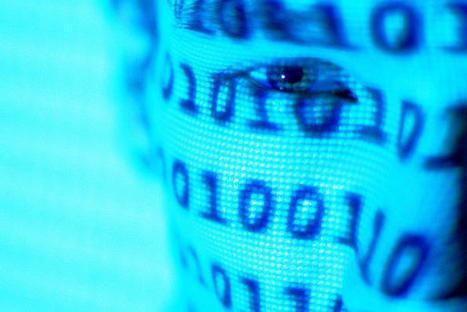Self-sovereign identiy explained
This concept is called self-sovereign identity. Self-sovereign identity starts with the notion that we all are the makers of our own identity, online and off. Because they do not rely on any centralized authority, self-sovereign identity systems are decentralized, mirroring the way identity works in real life.
Offline, our interactions flexibly support the use of attributes and credentials from numerous third parties, all presented by the very person they’re about, typically by taking those credentials out of a wallet or purse and presenting them to someone else to verify. For example, take a driver’s license. States issue it as a credential that you’re authorized to drive. But, it’s useful for a lot more. When you show up at a bar and the bartender wants proof you’re over 21, you show them your driver’s license.
How blockchain can solve the identity dilemma
Self-sovereign identity systems use blockchains – distributed ledgers – so that decentralized identifiers can be looked up without involving a central directory. Blockchains don’t solve the identity problem by themselves, but they do provide a missing link that allows things we’ve known about cryptography for decades to suddenly be used. That allows people to prove things about themselves using decentralized, verifiable credentials just as they do offline.
Learn more / En savoir plus / Mehr erfahren:
https://www.scoop.it/t/21st-century-learning-and-teaching/?&tag=blockchain
Via Gust MEES



 Your new post is loading...
Your new post is loading...








Self-sovereign identiy explained
This concept is called self-sovereign identity. Self-sovereign identity starts with the notion that we all are the makers of our own identity, online and off. Because they do not rely on any centralized authority, self-sovereign identity systems are decentralized, mirroring the way identity works in real life.
Offline, our interactions flexibly support the use of attributes and credentials from numerous third parties, all presented by the very person they’re about, typically by taking those credentials out of a wallet or purse and presenting them to someone else to verify. For example, take a driver’s license. States issue it as a credential that you’re authorized to drive. But, it’s useful for a lot more. When you show up at a bar and the bartender wants proof you’re over 21, you show them your driver’s license.
How blockchain can solve the identity dilemma
Self-sovereign identity systems use blockchains – distributed ledgers – so that decentralized identifiers can be looked up without involving a central directory. Blockchains don’t solve the identity problem by themselves, but they do provide a missing link that allows things we’ve known about cryptography for decades to suddenly be used. That allows people to prove things about themselves using decentralized, verifiable credentials just as they do offline.
Learn more / En savoir plus / Mehr erfahren:
https://www.scoop.it/t/21st-century-learning-and-teaching/?&tag=blockchain